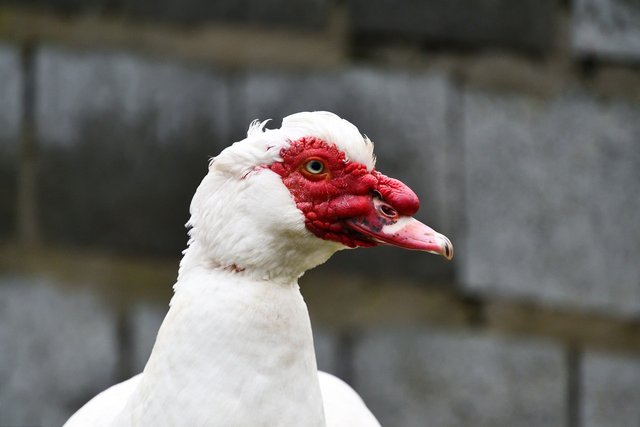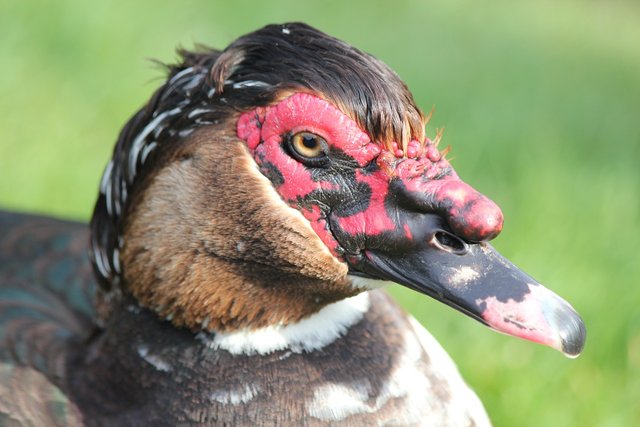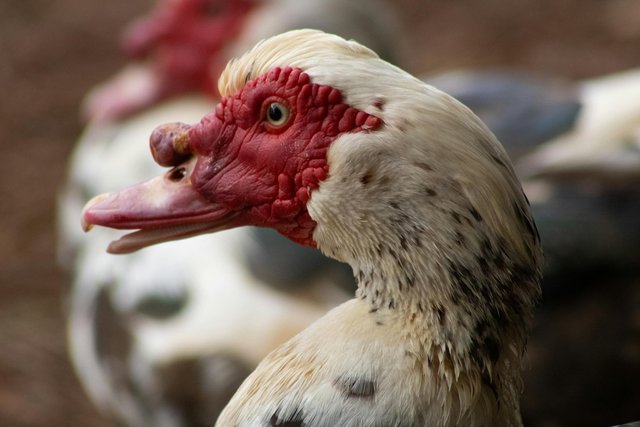.jpeg)
While in the regions, Muscovy duck is known by many names. Some call it Muscovy duck, basur, kiri, dollang, serati duck, or Manila duck. We Acehnese call it beulati duck. And abroad, Muscovy duck is also called maskofy duck.
Muscovy duck comes from Mexico, Central America, and South America.
That's really far away. In their natural habitat, Muscovy ducks live wild in swamps, forests, lakes, and rivers. Even they really enjoy swimming in the pool.
.jpeg)
In Indonesia, Muscovy ducks are generally kept as pets and farmed for their meat consumption. Unlike other types of ducks, Muscovy ducks can be easily distinguished which are male and which are female. That is, just by looking at the protrusion of flesh on their faces.

Male Muscovy ducks have red protrusions of flesh. Their body length reaches 90 cm, from the tip of their beaks to the tip of their tails. And their weight can reach 7 kg.

While the females rarely have or even do not have protrusions of flesh around their faces. Their bodies are smaller, which is only about 70 cm. With a weight of 5 kg.
These ducks are so big.

Wow, there's a mother duck incubating the eggs. Because it's still included in the aves class, or birds, in one reproduction, a female Muscovy duck can produce up to 10 eggs. But there's something unique about this Muscovy duck mother. The female Muscovy duck mother has a very high sense of motherhood. They will incubate their own eggs, or non-her own eggs, for 35 days, without payment and without any strings attached.
A mother's love is truly unmatched, right, friends?
That's a brief info about Muscovy ducks, hopefully it's useful and can increase our knowledge.
Greetings always compact.
By @midiagam